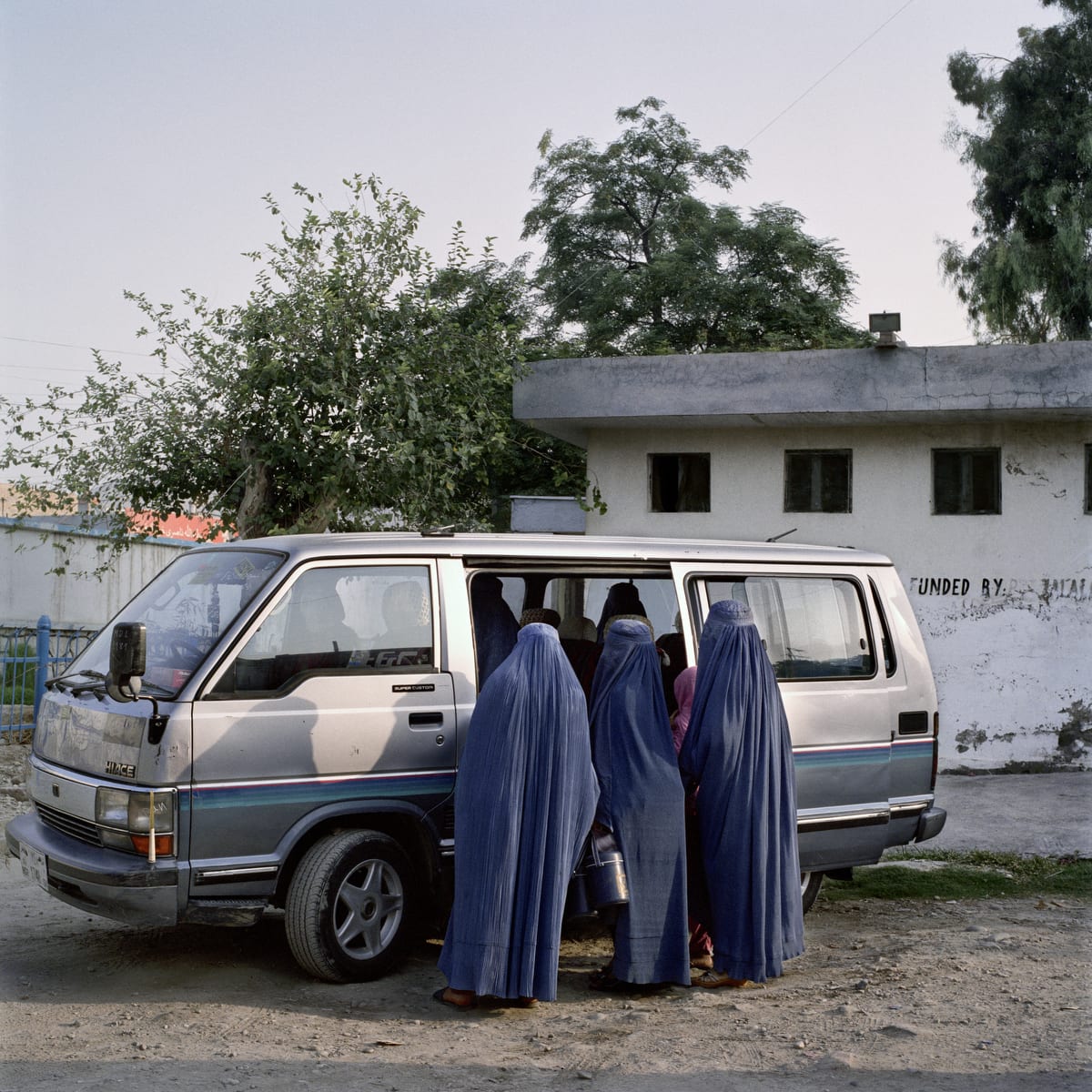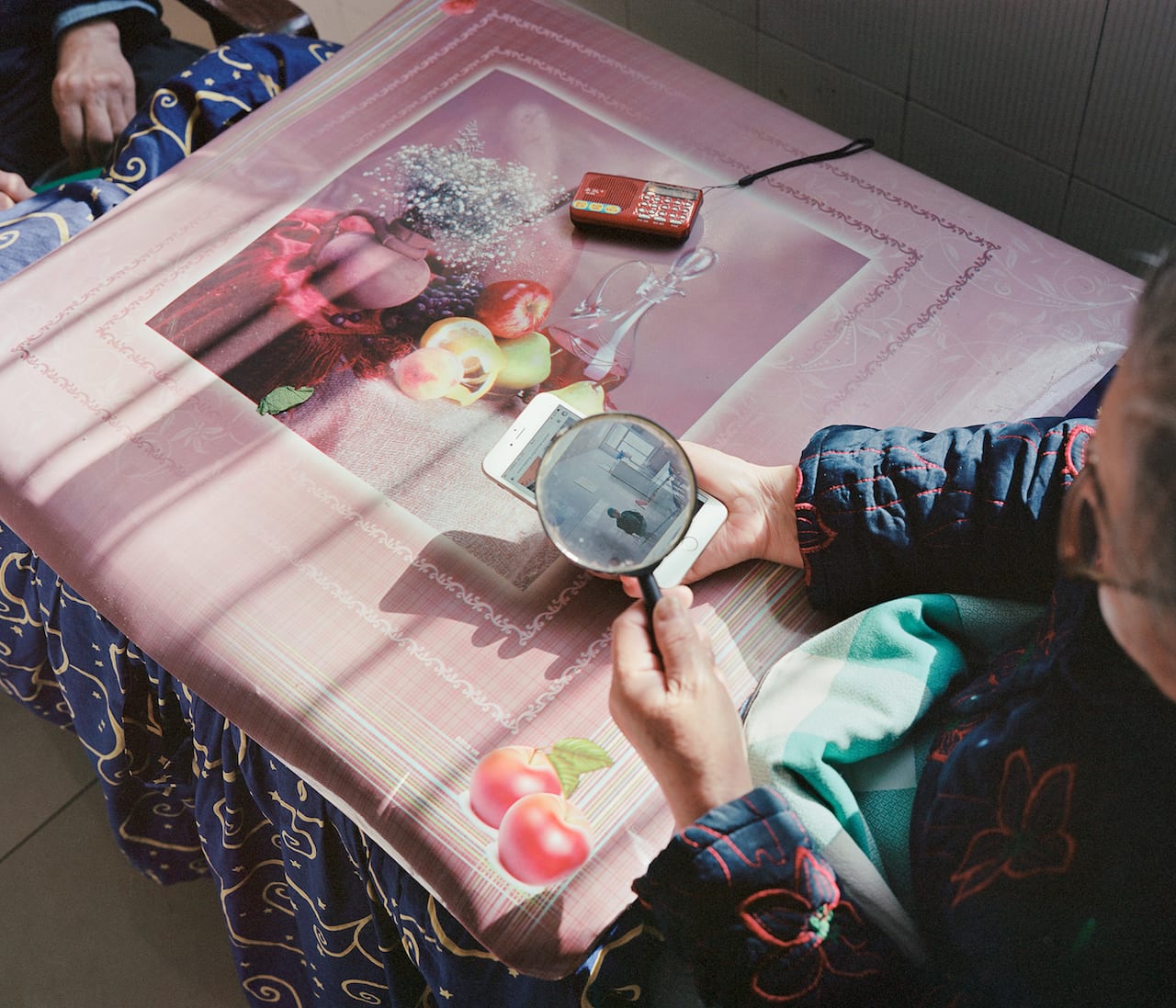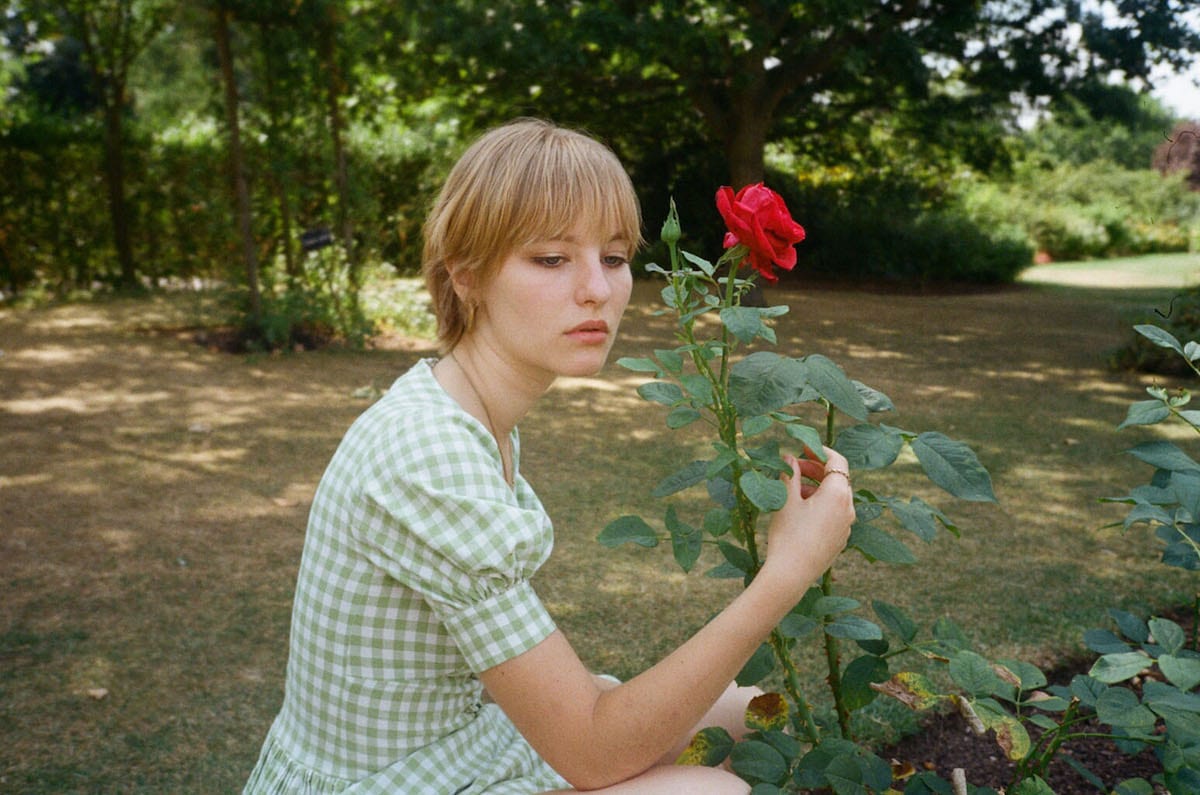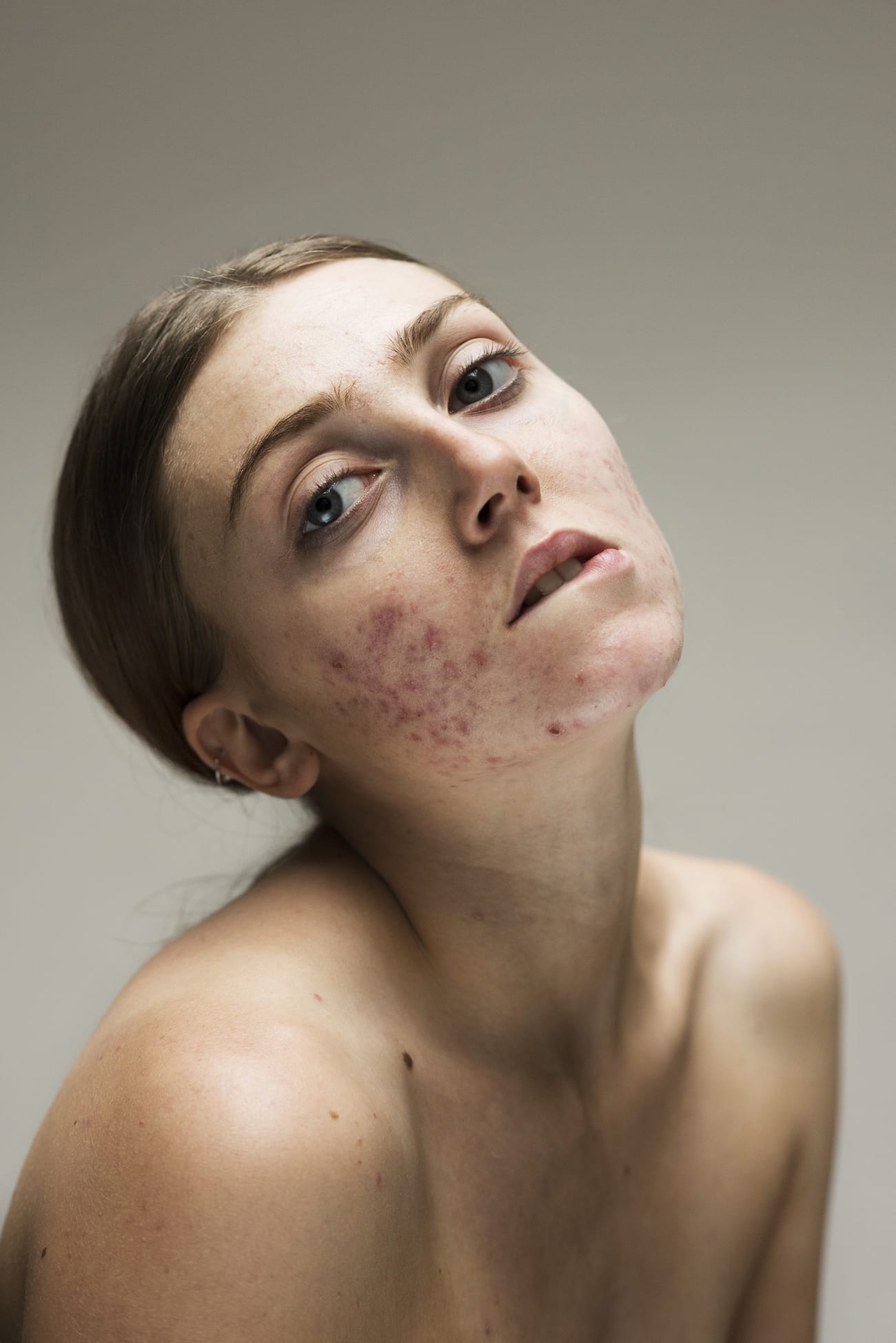“There is a vast chasm between a lived experience in a place and a photograph that somehow tries to represent that experience”


“There is a vast chasm between a lived experience in a place and a photograph that somehow tries to represent that experience”

From losing tripods in The Gambia to finding commonalities in humanity, six photographers discussed the realities of using film at our exclusive event

“I like objects that don’t have much of a style. Like patterns in colouring books, clean black lines, and primary colours. Things that aren’t trying to sell you an ideology or concept,” says Peng Ke, who calls from her home in Shanghai, where she has just closed her first solo exhibition in the city, I Have Seen Many People Although They Have Not Seen Me. “Most visual languages are so coded, so if I see things that are almost innocent, they really stand out to me.”
Peng Ke’s exhibition coincided with the launch of Salt Ponds, her first book published by Jiazazhi. The project has been ongoing for five years now, but only became a solid body of work after her friend and graphic designer Pianpian He approached her to collaborate on a book. It began in the cities where Peng’s parents grew up, and quickly expanded to other fast developing, smaller cities in China. Though they are shot hundreds of miles apart, her photographs are anonymous; you can never tell which city she is in. So the project became less about her own hometown, and more about the collective experience of Chinese people who live in these places, “because in a way, everyone comes from the same city”.

Why does the physical still hold a special place in an increasingly digitalised world?

“It would be cool for someone of the next generation who is fat and self-conscious to see my work and think that they can also take self portraits”

“Getting the train to the studio was nerve wracking; it felt like people stared at my uneven tones and blistered face. After the photoshoot I went to meet my Mum for a drink. I did not cover my skin up, I let it breathe and felt myself do the same”

In the yearly World Happiness Report, Denmark, along with its Nordic neighbours, continuously ranks in the top three spots. But what is it about the Danes that makes them so happy? “After three years, I still don’t really have an answer,” says Giulia Mangione, whose new book, Halfway Mountain, seeks to uncover this very question. Mangione started the project in 2014, as part of a photography course she was taking in at the prestigious Danish School of Media and Journalism. Her experience as assistant photo editor at Calvert Journal and interning at MACK Books had helped her “develop a taste for documentary photography” and photobooks, she says, and, after showing a dummy of her project to Corinne Noordenbos – a celebrated educator and former tutor of contemporary photographers such as Rob Hornstra and Viviane Sassen – she decided to expand on it.

“I’ve waited a long time to bring this book out and between Donald Trump and #MeToo, I don’t see how it could possibly be a better moment,” says Andrew Moisey from his office at Cornell University, New York, where he is an assistant professor in art history and visual studies. The book, The American Fraternity: An Illustrated Ritual Manual, is published by Daylight, and is looks at the secretive, ultra-masculine worlds of the fraternity houses that dominate US university life.
The image we now have of fraternities is very different from how they were when they first set up in the late 1700s. The initial male collegiate organisations were literary societies, where university students gathered to debate politics. Many had mottoes and names in Greek lettering, such as the first and perhaps more poignant Phi Beta Kappa in Williamsburg, Virginia.
Over the years these gave way to social societies in more universities around the US, recruiting members according to their race, religion and social status. Their exclusivity, need to differentiate and tradition of privacy were traits that gradually reached extremes in the modern day, and have now earned them a reputation of encouraging misogyny, bullying and elitism.

Winner of BJP’s Fractured Stories commission, Adam is currently based at the Preston New Road site working on an ongoing project

Thomas Demand is known for building and photographing three-dimensional models that are made to look like real rooms. Often loaded with political significance, his recreations include the kitchen in which Saddam Hussein cooked his last meal, the location of a failed assassination attempt on Hitler, and the interior of the Daiichi nuclear power plant in Fukushima after the 2011 earthquake forced workers to evacuate.
Recently his work has taken a new turn, and he has become more interested in other people’s models than his own. In Model Studies, Demand photographs discarded structures made by famous architects such as John Lautner.